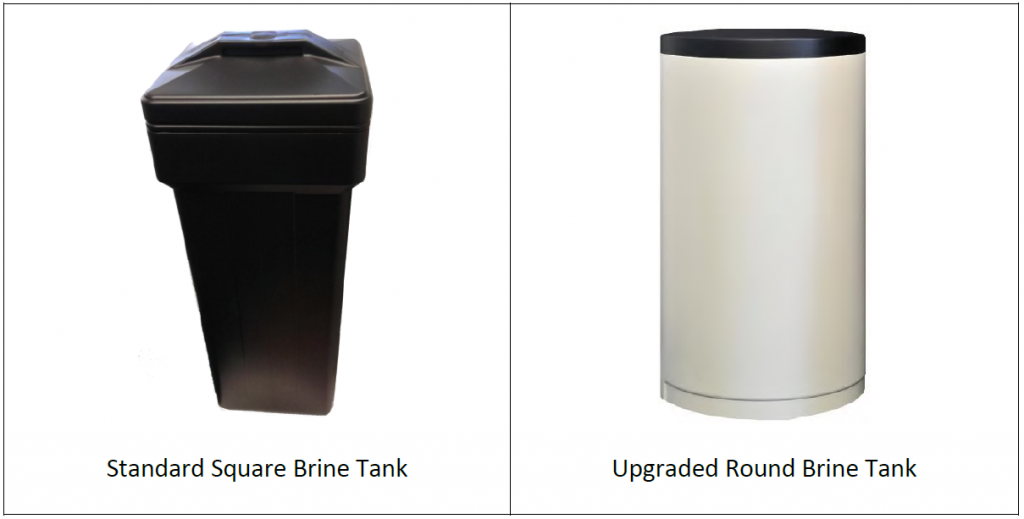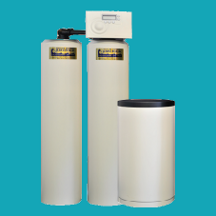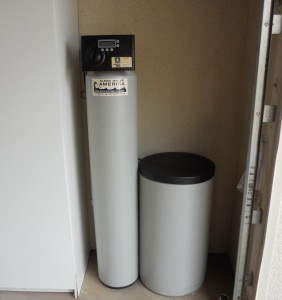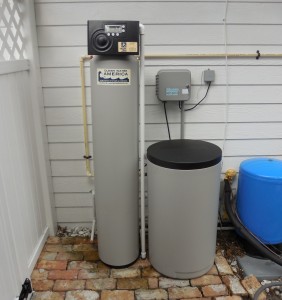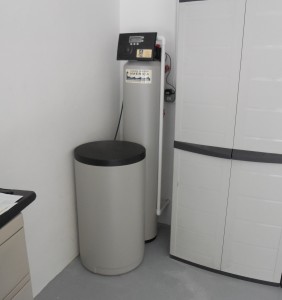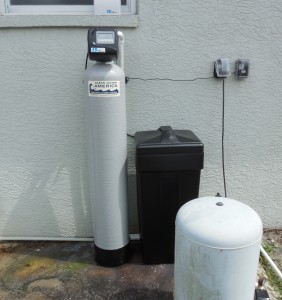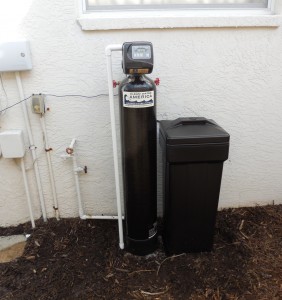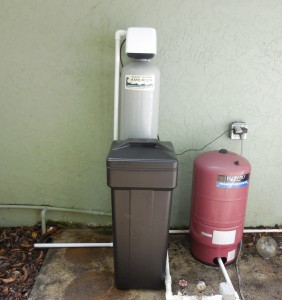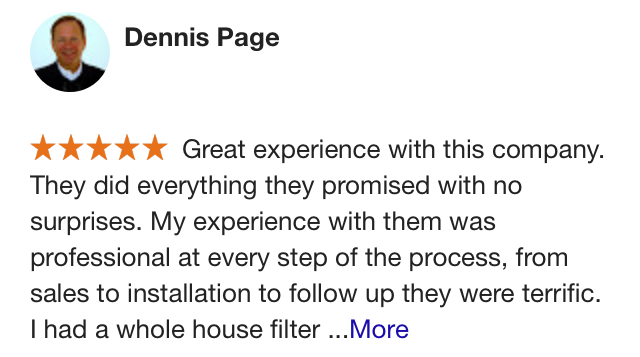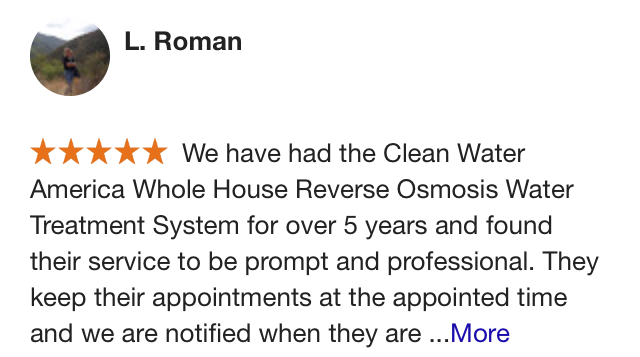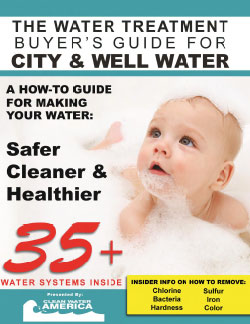3 WATER SOFTENER OPTIONS TO CHOOSE FROM
Watch this video
to learn more about
Water Softeners
- How do they work
- What do they remove
- Why use a Water Softener
- What to expect
Recent Water Softener Installations
By Clean Water America
What Is Softened Water?
It is interesting to note that rain water begins as softened water. Our ancestors knew the importance of it when they collected rainwater for drinking, washing, laundry, rinsing hair after shampooing and bathing. Soft water is free of minerals, but as it passes over and through the earth, flows into lakes, rivers, streams and ground water, it absorbs the hardness minerals. While these minerals are not harmful to your health, they do affect the properties of water and its effectiveness for washing and cleaning. Hardness minerals make simple household tasks hard work, because soaps and detergents won't lather or work as well. Water processed through a softener returns the conditioned water properties to their original softened state free of minerals. That means less detergent and soap is needed for laundry, baths, shampooing, and cleaning. The laundry is brighter, whiter, and the life of clothing is extended. There are no bathtub or potty rings, no spots on dishes or glasses, and less repair and maintenance on appliances. Once you have experienced the luxury of bathing in soft water and the convenience of less household chores, you will be eager to have one installed in your home.
How Does A Water Softener Work?
A standard water softener runs water through resin beads where calcium and magnesium molecules switch places with sodium molecules, leaving the water soft. There is no scale left in your pipes or on your body because the minerals that would have formed are removed.
Is Soft Water Pure Water?
Reducing the hardness of water to a softened state has nothing to do with the purity of your drinking water. It can however, have a huge impact on the longevity of your clothes, the effectiveness of your appliances, the appearance of your dishes and glasses, the cleanliness of your hair and the softness of your skin. The slippery feeling of bathing in soft water is often mistaken for soap residue left on the skin that won't rinse off. It is, in fact, the body's natural oils that produce this silky feeling.
Is It Safe To Drink Softened Water?
Softened water still contains all the natural minerals that we need to stay healthy. It is only deprived of its calcium and magnesium contents, and some sodium salts are added during the softening process. That is why in most cases, soft water is perfectly safe to drink. The addition of sodium through softened water depends on the hardness of the water. The amount of sodium that is added to your drinking water in one month by a typical city water softener is equivalent to the amount of salt used to bake a single loaf of bread. In extreme instances, people with health problems or who are on salt restricted diets, are advised not to drink soft water. Under those circumstances, adding a Reverse Osmosis Purification System at the kitchen sink to purify the drinking water is the perfect solution to remove any salts left by the softening process.
What Causes Hard Water Stains?
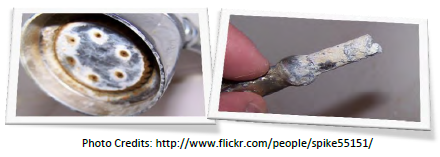
Hard water stains are caused by calcium and magnesium bicarbonate, also known as dissolved solids. These dissolved solids are rushed through pipes to your home and they become an almost insoluble limestone buildup. You will see this as white scaly deposits on glassware, showers, dingy white clothing and dull hair. Difficult to remove hard water stains collect around faucets causing them to rust and corrode, as well as creating potty rings at your toilet's water level. Removing the hard water stain build up requires the purchase, use, and exposure to extra toxic chemicals in the home.
What Damage Can Hard Water Cause?
Quite simply, hard water will eventually harm plumbing, fixtures, appliances and other household objects. The American Water Works Association reports that without a water softener the life of water heaters are cut in half, toilets by 70%, faucets by 40%, and dishwashers and washing machines by 30%. In 1990 Purdue University’s research team reported that hard water shortens the life of fabrics by as much as 15% as well as dulls their appearance. Hard water causes a grayish tinge in laundry, streaks on glassware and silverware, white deposits inside teakettles, coffeemakers, humidifiers, and hot water heaters, streaking on shower doors, and etching on sink and tub faucets, along with dry, itchy skin and dull hair. About 85% of American homes have hard water. It makes financial sense to save money, as well as elbow grease by installing a softener to remove hardness from your household water.
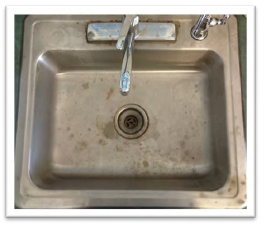
Are There Different Types Of Water Softeners?
Automatic Water Softeners are made up of cylindrical tanks that stand between 3 and 6 feet tall. What makes them different from each other is the choice between two individual types of valve heads. The two valves are: the Timer Head Valve and the Meter Head Valve (aka Demand Head Valve).
Timer Head Valve: This valve backwashes the softening mineral according to a clock only and can be pre-programmed for multiple day settings. This backwash schedule is set regardless of the home’s water consumption. The Timer Head Valve does not anticipate house guests. In order to keep the water clean and softened the homeowner is required to manually backwash the softener system when water requirements exceed its normal set schedule. The Timer Head Valve also does not know if you go on vacation and backwashes regardless of whether you are home or not, consequently using salt when it's not necessary. The Timer head is not the most economical valve for this reason.
Meter/Demand Head Valve: This valve backwashes the softening mineral according to the amount of water used. It is the more efficient filter head and saves excess salt usage because it anticipates additional house guests and automatically backwashes when needed. The meter head monitors the home’s water usage, thus assuring you of uninterrupted clean and softened water at all times. The salt usage is restricted to an "as needed" basis. Therefore the meter head is more efficient and economical, saving approximately 60% in salt usage.

What Types Of Minerals Are Used In Water Softeners?
Ion Exchange resin or Ion Exchange polymers are small beads, usually white or yellowish in color, that have a considerable number of pores on their surface that trap and release ions.
Cation Exchange resin, which mainly removes calcium hardness, is used on both city water and well water softener systems.
Anion Exchange resin is a color removing resin used to remove organic colors, such as tannin, which is a dye from the roots of trees.
Activated Carbon is sometimes mixed with Cation Exchange resin for chlorine removal purposes. Unlike Cation resin, carbon cannot be recharged after it is loaded with impurities. Therefore mixing these two minerals in the same tank is costly and not advisable.
What Maintenance Is Required For A Softener?
A softener will require backwashing periodically to remove all the collected hard minerals out of the softening bed. This backwash method can be completed by using either salt, which is the least expensive, or potassium chloride. The salt or potassium chloride is deposited in either a 18" x 33" round brine tank or a 15" x 37" square brine tank, which is located next to the softener tank.
On most Municipal City water applications, a metered water softener will only need salt delivered two to three times per year.
People on salt restricted diets prefer potassium chloride for backwashing. It is safe for the environment and healthy for plant life, thus it can be discharged onto the ground. It is the same potassium that is found in bananas.
